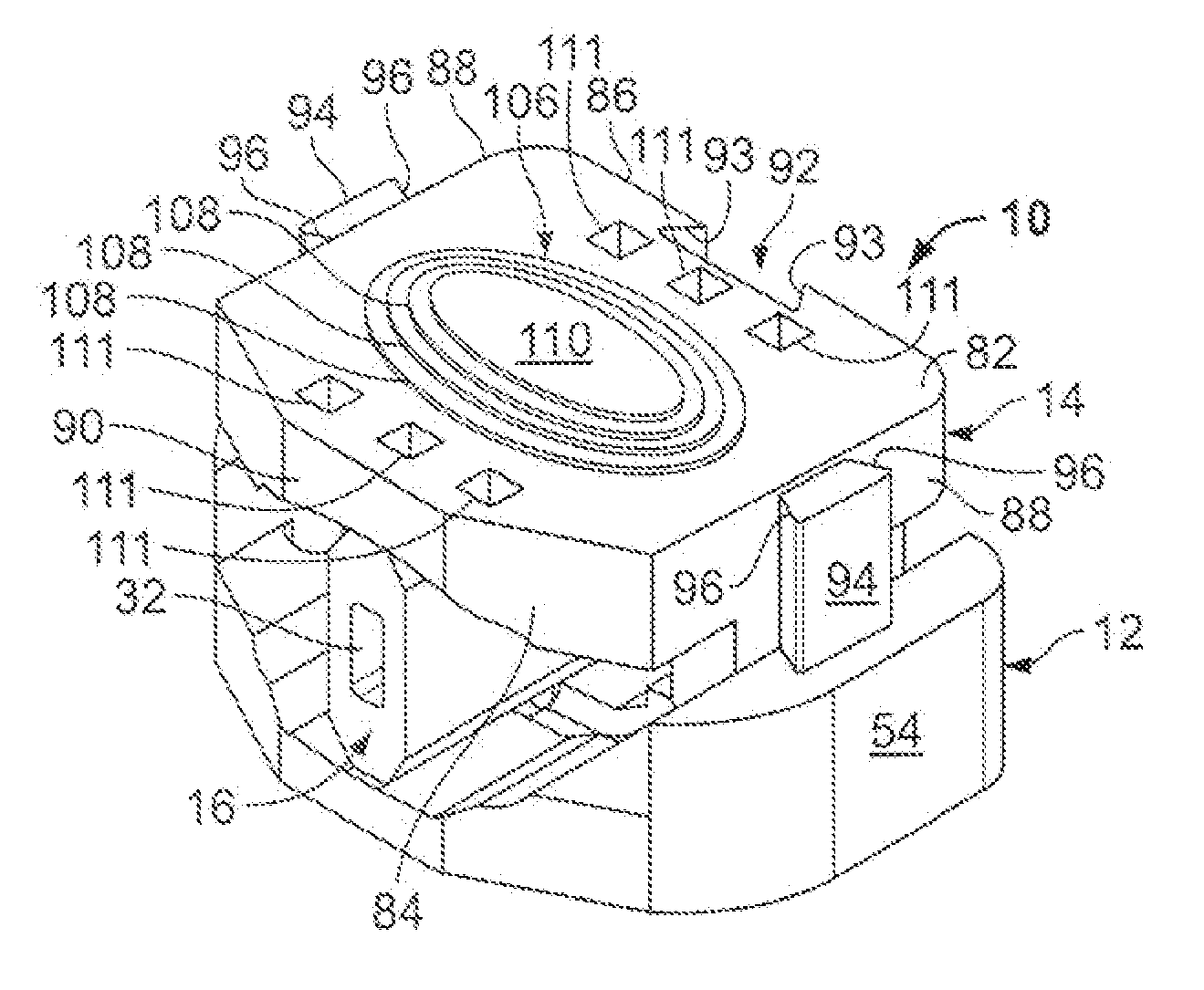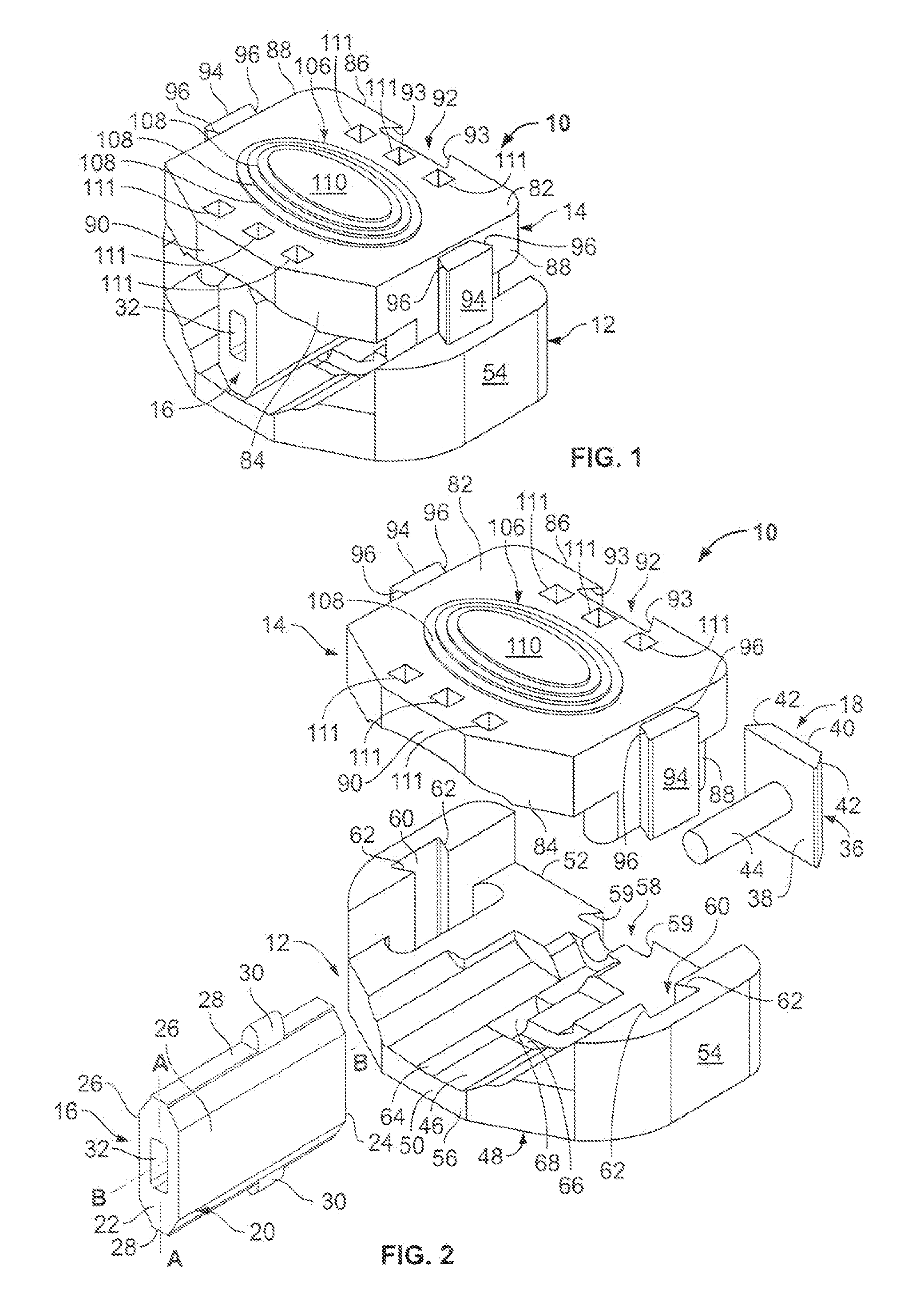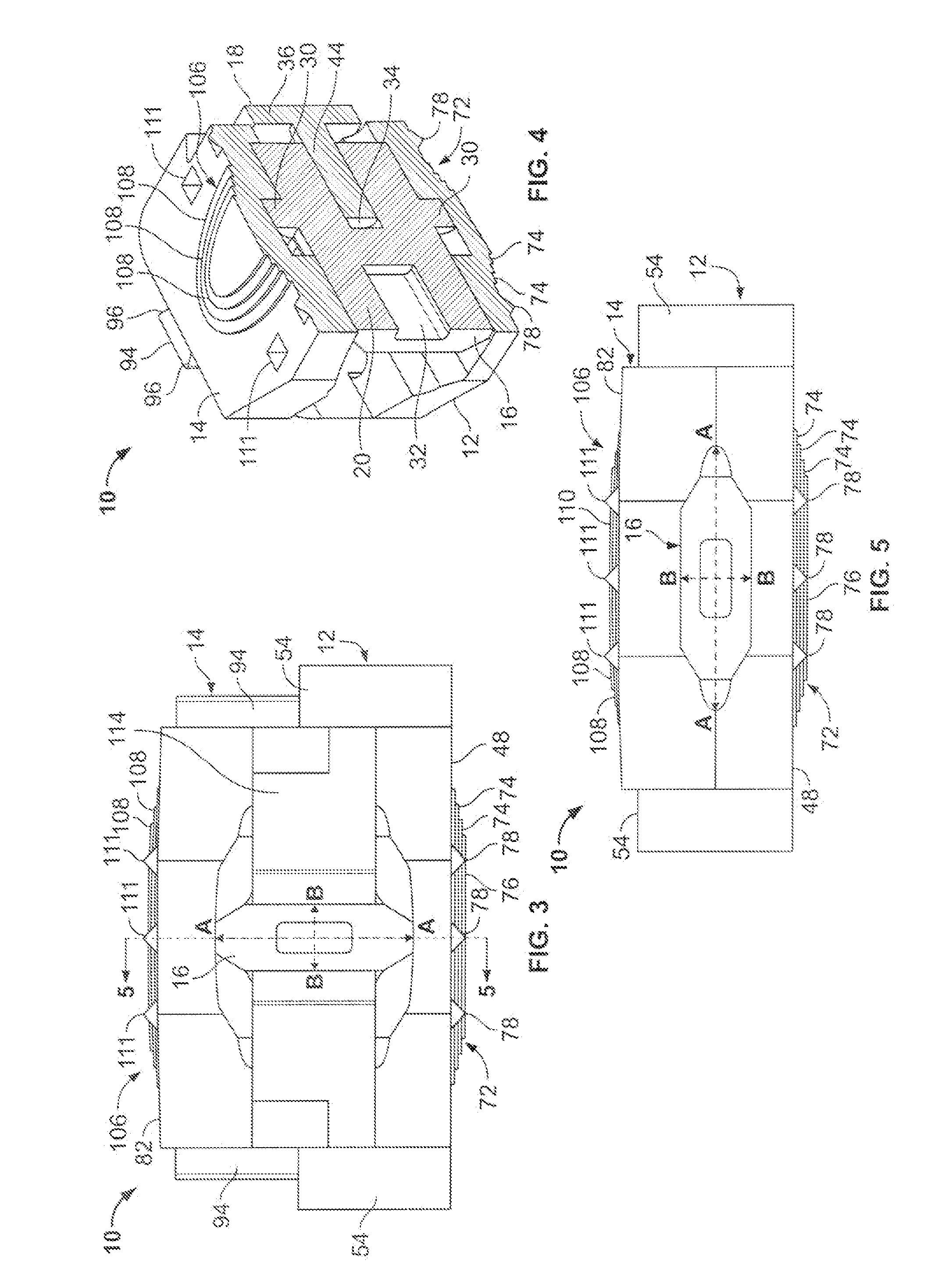However, the strong
subchondral bone of the cortical endplate is partially removed, which compromises the endplate's integrity.
However, the endplate is minimally vascularized, which may
delay or impede fusion.
The cage must also be precisely the correct height to match the disc space in order for implantation to occur; a factor that makes the implantation of these cages significantly difficult.
This extensive site preparation can damage the endplates, compromising the integrity of the vertebrae.
If the cage is too large or too small, the surgeon is forced to coerce the
implant to fit into the disc space, risking a malpositioned cage and revision
surgery.
An interbody fusion procedure is associated with a 5-10% risk of complication.
The more common, minor complications resulting from the fusion procedure include dural
tears,
ileus, superficial infections, and neurologic problems.
These complications usually result in a revision
surgery, in which the surgeon must perform a second procedure to remove the initial cage, repair any damage, and
implant a
new device.
This penetration itself can cause pain and lead to a loss of the disc space height that was originally achieved.
The loss of
disk space height negates the
implant and the spine is once again unstable.
This
instability leads to revisions in an attempt to alleviate the pain and re-space the vertebrae again.
Subsidence also causes a narrowing of
intervertebral foramen and loss of lordsosis, which further exacerbates patient discomfort and can impair the patient's balance.
An improperly sized implant may fail to
gain adequate purchase into the bony endplates, leading to laxity and
nonunion.
A cage that is not securely fixed to the adjacent vertebrae can migrate anteriorly or posteriorly, both of which have drastic effects.
During motion, the migrating implant can tear major vascular structures and organs, causing extensive complications and even death.
If the cage migrates posteriorly, it can shift into the medullary canal, damaging the
spinal cord, causing
paralysis and death.
A cage that is malpositioned is one that either does not appropriately fit the disc space or was implanted in an incorrect manner.
Malpositioning can be the result of a poorly designed cage, an inappropriate device selection, or surgeon error.
The faulty placement of the cage can result in decreased stability, which can cause pseudarthrosis or migration.
A cage that is inappropriately sized can increase the risk of
subsidence or compress surrounding nerve roots.
Since the positioning of the cage is causing substantial complications, a malpositioned cage must be removed and replaced via a revision surgery.
The endplate preparation required to implant the cage also causes endplate abrasion and is further exacerbated during the implantation of the cage, in which the surgeon must coerce the implant into the disc space.
The shear stresses against the vertebrae erode the endplates, damaging their surfaces.
The lack of stability of the implant can then result in pseudarthrosis or migration, requiring a revision surgery.
During a
fusion surgery, the intricate procedure required to implant the cage often leads to surgeon error.
Over-expansion can stretch and irritate the surrounding muscular and neural tissue, while too little expansion will not allow for adequate tensioning of the ligamentous apparatus, decreasing the stability of the cage.
Height will be measured again during surgery, but once the cage is implanted, the height cannot be adjusted.
Over-distraction from implants that are too tall will stretch the surrounding neural and muscular tissue, causing
irritation.
The widened disc space will also compress the adjacent discs, placing them under abnormal stresses and depleting their shock absorbing function.
An implant that is too small will fail to
gain sufficient purchase into the vertebral endplates, resulting in pseudarthrosis and possibly migration.
In both cases, the risk of malpositioning is increased, since the implant is inherently poorly suited for the intended space.
The revision surgery is strenuous for both the surgeon and patient.
The revision surgery also increases health care costs, requiring the hospital to spend substantial funds.
A significant portion of complications that lead to a revision surgery are caused by a mismatch between the intervertebral height and fusion cage, which is mostly due to the fixed height nature of the current cages.
Since the surgeon must determine the height of the cage before implantation, any error in this measurement will result in a mismatch between cage and disc space height.
Even if the cage is sized appropriately, some coercion is needed to
impact the cage into the disc space, resulting in endplate abrasion and possible malposition.
To summarize, current fixed cages present the potential problems of abrasion,
subsidence, malpositioning, pseudoarthritis, and even cage migration, all of which create potential further future expense and pain for patients and clinicians by means of the need for
revision surgeries.
 Login to View More
Login to View More  Login to View More
Login to View More 


